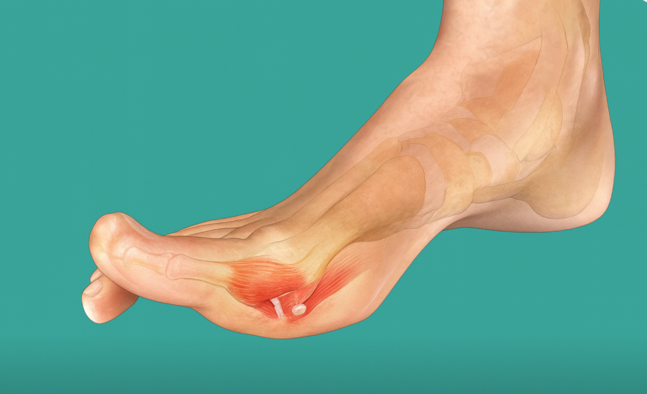
The name “turf toe” sounds very minor; however, for athletes at the top of their game, it can be career-altering. Most recently, Cincinnati Bengals quarterback Joe Burrow suffered a turf toe injury in week 2 against the Jacksonville Jaguars and is expected to be sidelined for 3 months. Especially for a quarterback, this injury is very concerning, as it limits explosiveness and their ability to quickly scramble and escape pressure. People who suffer from a turf toe injury cannot plant and put weight on the affected foot, which hinders their everyday activities such as walking and going up stairs. Turf toe is an injury that can definitely be overcome with proper treatment and physical therapy. This has been seen in star players like Deion Sanders and Patrick Mahomes, who have both described this injury as serious and causing lingering foot injuries.
What is a turf toe injury? A turf toe injury occurs when the first metatarsophalangeal joint (the joint at the base of the big toe) gets sprained or hyperextended upward beyond its normal range. It usually occurs when your foot is planted and the heel lifts, forcing the big toe to dorsiflex (bend upward), causing it to hyperextend. It is common on turf, hence the name “turf toe”, but can occur on grass and other surfaces. Some factors that can contribute to a turf toe injury are stiff shoes or cleats that don’t allow the toe to flex.
Turf toe injury has 3 grades. Grade I classifies mild stretching of the ligaments and is typically accompanied by slight discomfort when walking and performing basic tasks. Grade II classifies partial tearing with moderate pain and loss of function. Grade III classifies a full tear with significant instability, which typically requires surgical repair in most cases.
Managing turf toe is pretty simple. Doctors will emphasize the RICE method, which stands for Rest, Ice, Compression, and Elevation, to help speed up the recovery process. Wearing stiff-soled shoes with carbon-fiber insoles can also help immobilize your toe, as well as using crutches to offload the toe. Doctors will prescribe non-steroidal anti-inflammatory drugs to reduce swelling and recommend physical therapy to increase range of motion and strength.